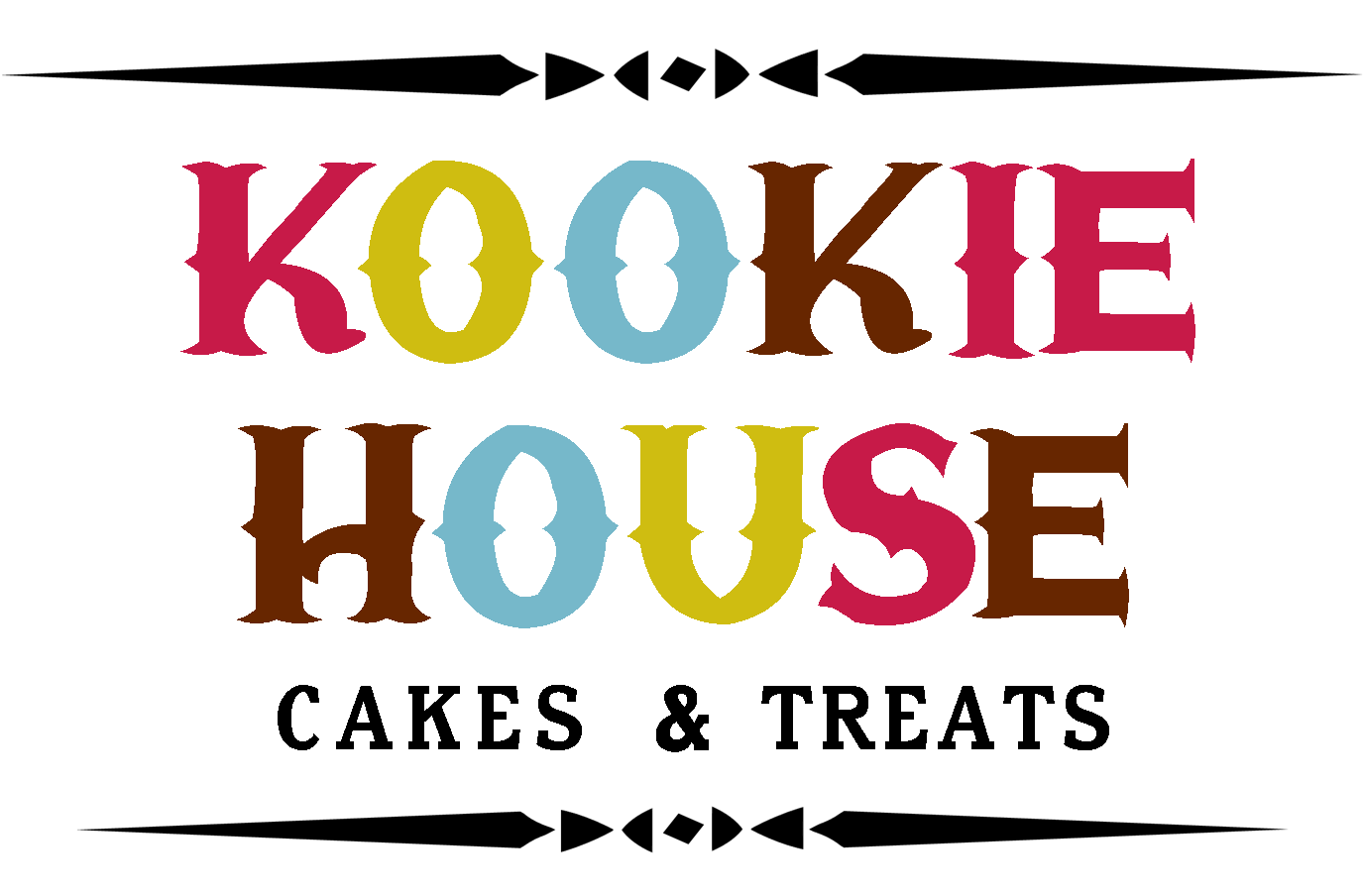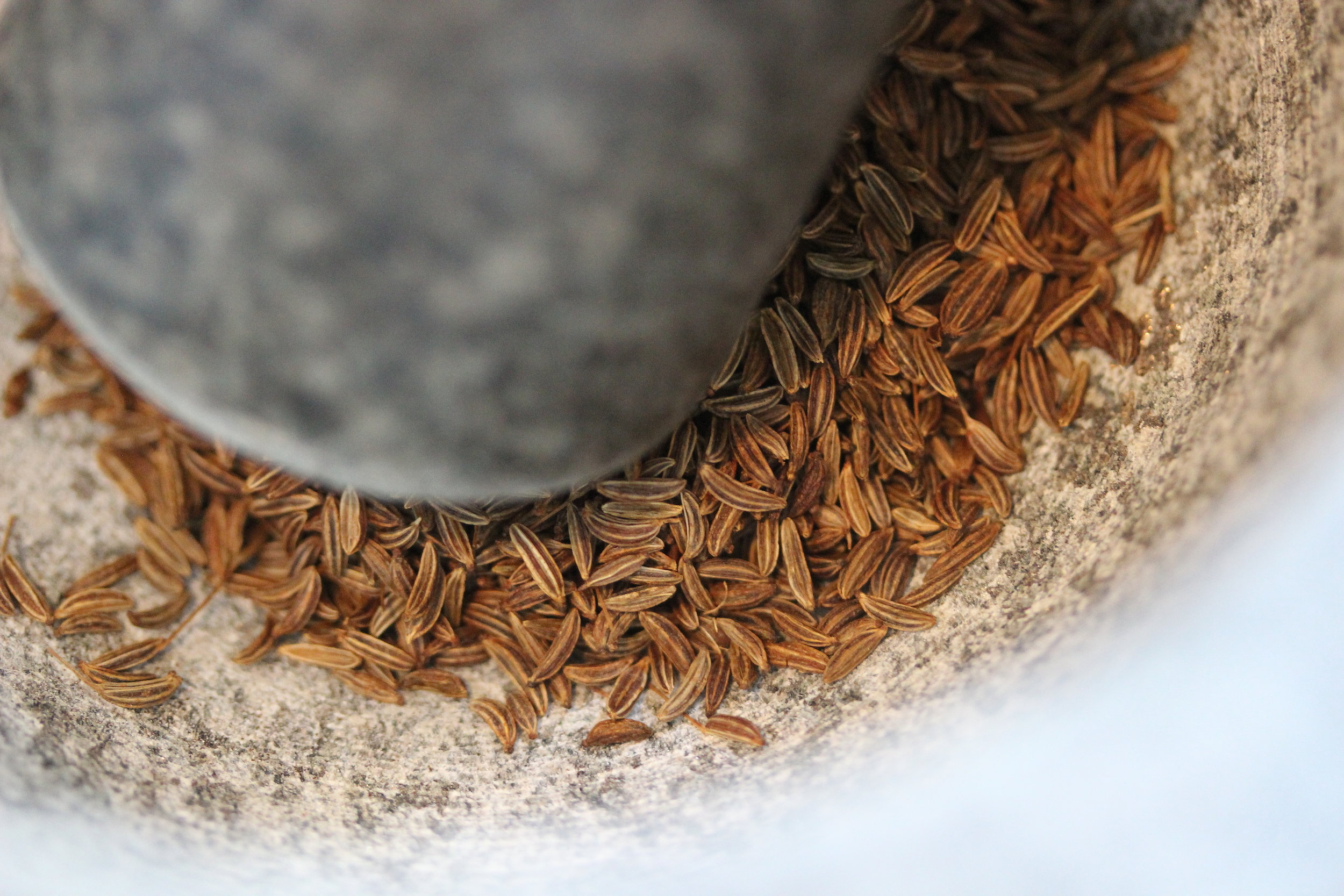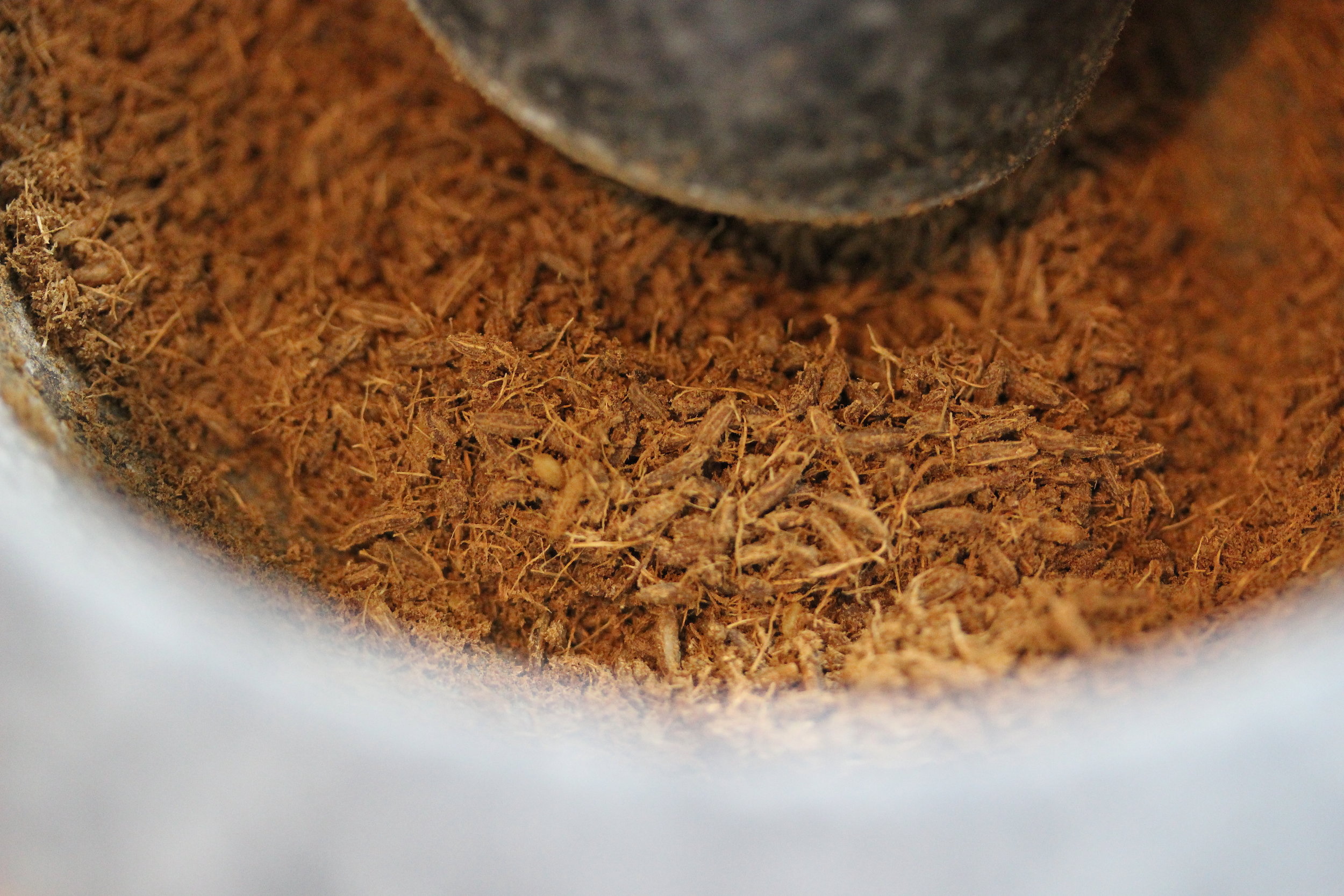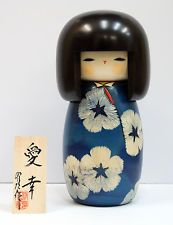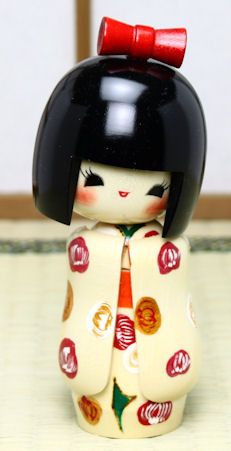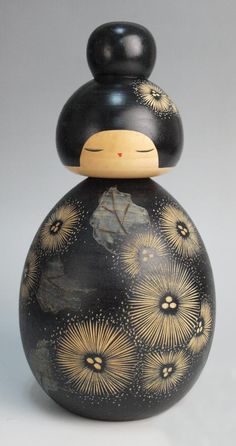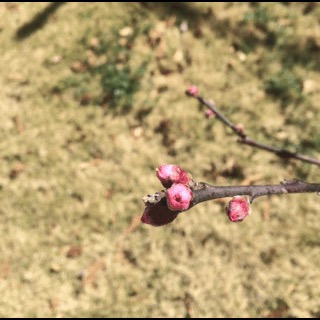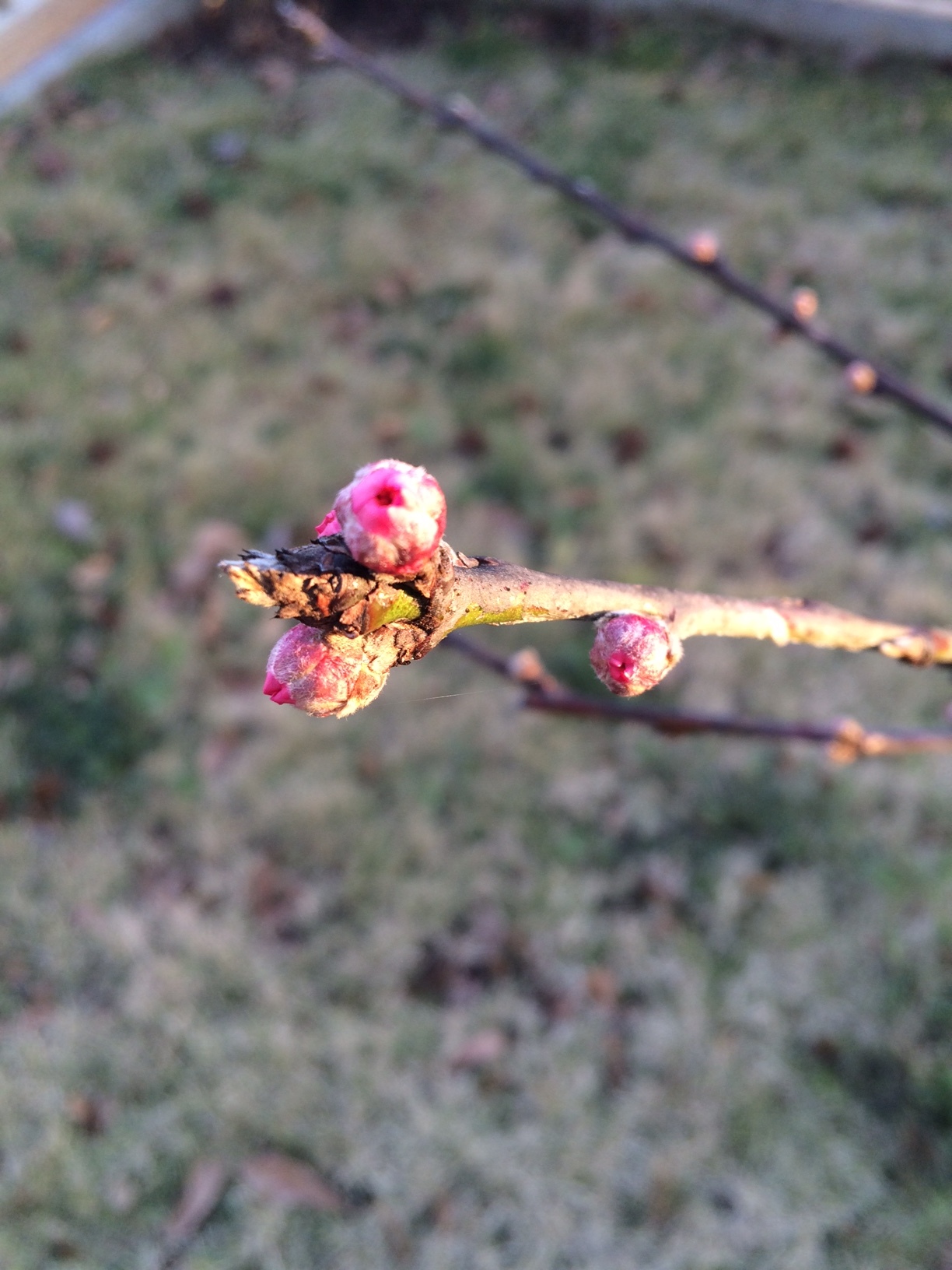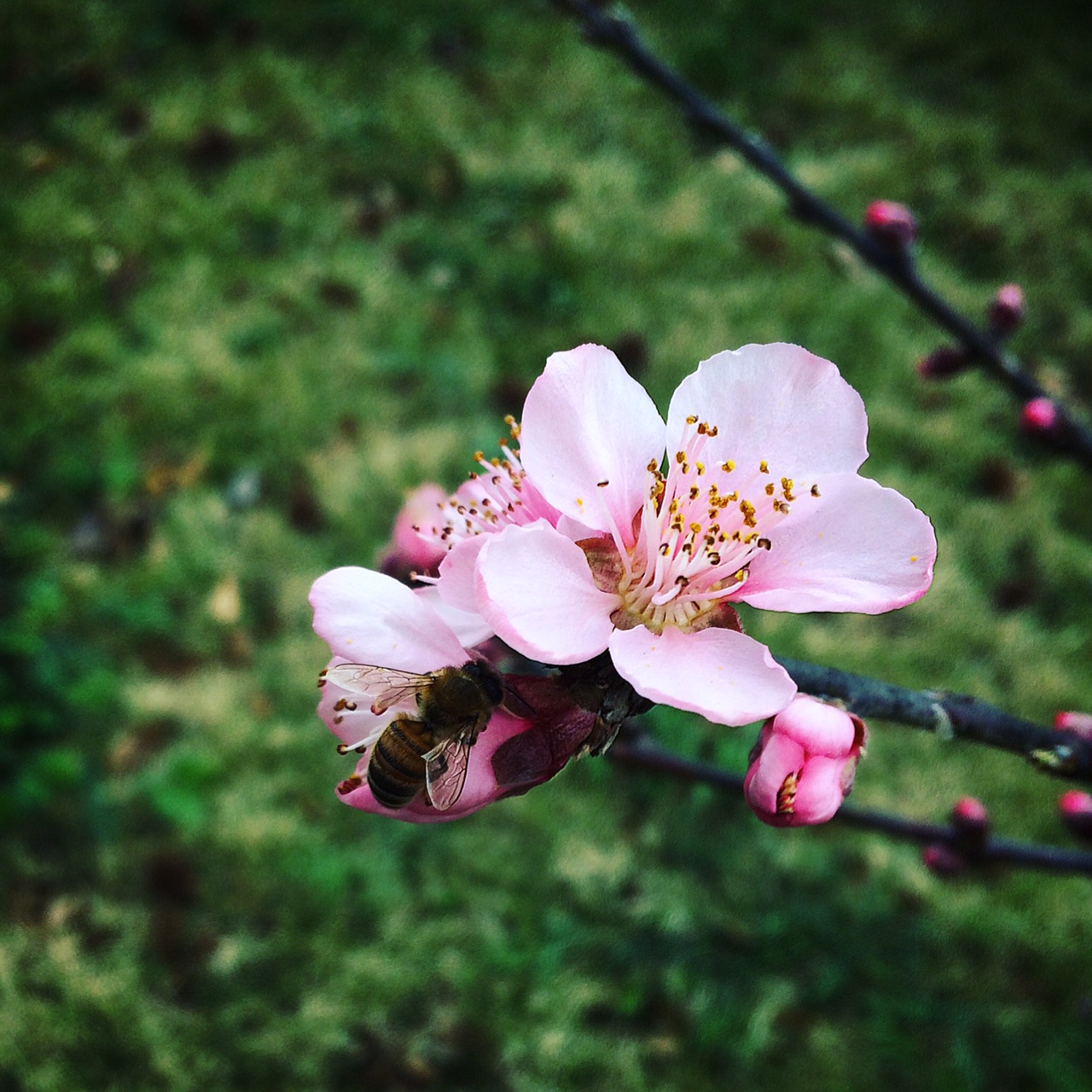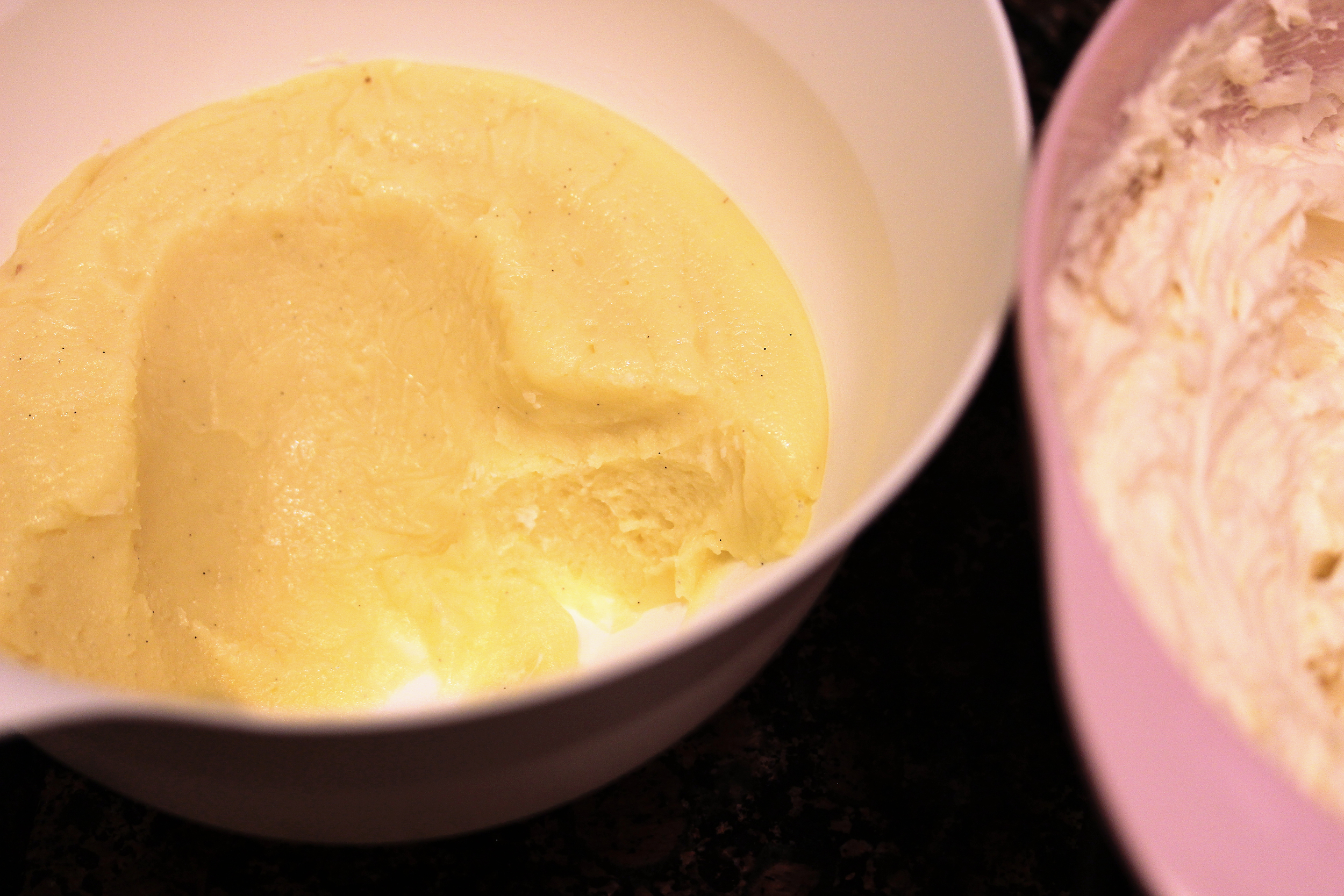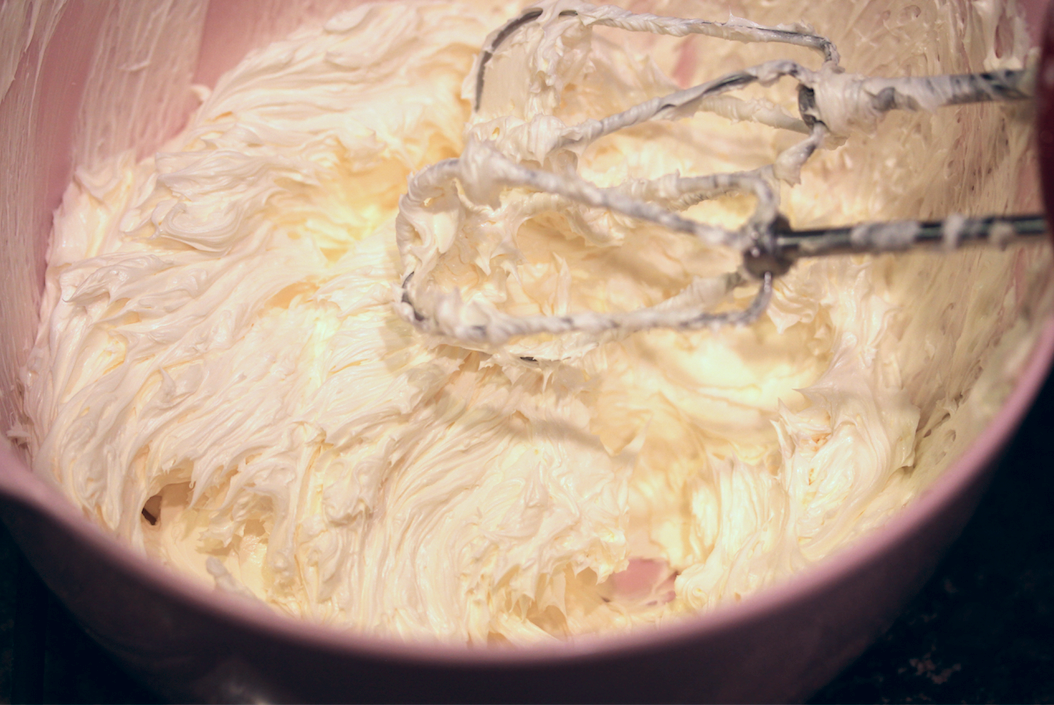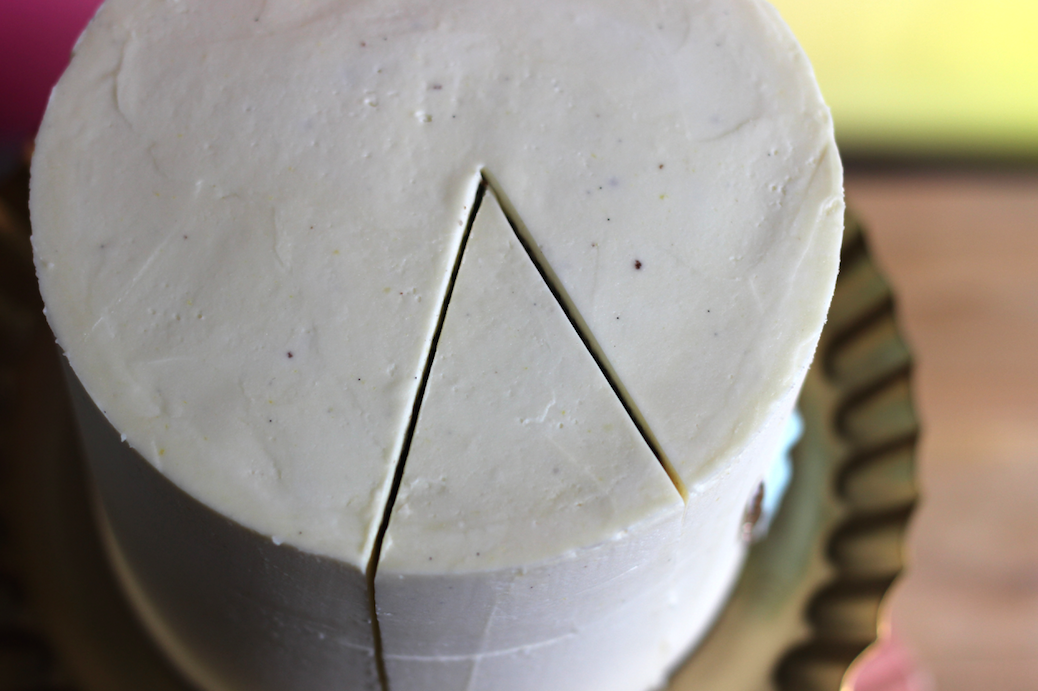That's right, I said Apple Pie Cake. It's a cake filled with apple pie filling.
It's not that grody pie-baked-inside-cake monstrosity trotted out this time of year as a testament to America's top rank in Stuffership. This is a lovely, custardy cake with a layer of apples baked in the exact way I bake them for pie. It's the best of both worlds, and the caramel sauce is just the...caramel sauce on the cake.
Obviously you should serve this warm.
This is, so far, the easiest cake recipe I have posted this year. And you don't even need to plug in your mixer--all you'll need is a whisk!
Apple-wise, you can of course sub in your favorite pie apples, but trust me that a combo of Golden Delicious and Granny Smith makes the best pie filling on the planet--the Grannies provide the flavor and the Goldens offer the perfect baked apple texture (firm yet yielding). You can also use all Grannies if you like a tarter apple flavor but the filling won't be as tender.
Besides a tube pan with removable bottom to ensure the cake and apples are cooked thoroughly, the key piece of equipment here is a mandoline, which will make quick work of your apples and ensure the slices are all uniform. I'm a huge fan of my Benriner, which is has been an absolute all-star in my kitchen for years and can be had for under $30.
Be sure to use one of these slicing safety gloves (that's what I do) or the little plastic finger guard that comes with the mandolin, because those thick slices of apple move off the blade faster than you might expect, and it's an utterly unnecessary tragedy to sacrifice your fingerprints to a cake.
Now, this caramel sauce is something you're just going to want to have on hand at all times, you know, like you might have mustard or soy sauce or whatever things you consider essential to a refrigerator. It is so, so easy to make and it's so, so good.
Side note: don't ever listen to a recipe for caramel that asks for brown sugar. You'll end up with molasses goop, not caramel. The only way to make caramel is to caramelize sugar then add some butter/cream to it. Same goes for sweetened condensed milk...I will never understand the reasoning behind "caramel" recipes that ask for it. I just feel like it just doesn't get any sweeter than sugar, so the addition of sweetened condensed milk is just overkill.
real recognize real
Watch the caramel vigilantly--the difference between perfectly caramelized sugar and burnt sugar is just a few seconds. It's ok to err on the side of lighter caramel if you're afraid of burning it, but the more you push your caramel to the edge of burning, the better flavor you'll have. The addition of a squidge of lemon juice in caramel? That's what the french lady did at the candy shop where I used to work, and I feel it's safe to assume whatever french ladies do to their caramel is deeply correct.
APPLE PIE CAKE WITH SALTED CARAMEL SAUCE
4 medium apples, peeled, cored, and sliced into 1/4 inch slices (2 Granny Smith & 2 Golden Delicious)
2 Tbsp (25 g) packed brown sugar
1/2 tsp ground cinnamon
1/8 tsp ground nutmeg
1 tsp freshly squeezed lemon juice
1 c (130 g) all-purpose flour
1 1/4 tsp (5 g) aluminum-free baking powder
3 large eggs, room temperature
1 large yolk, room temperature
2 Tbsp milk
1 tsp white vinegar
1/2 tsp salt
1 1/4 c (260 g) sugar
1 tsp vanilla extract
12 Tbsp unsalted butter, melted and cooled
for the salted caramel sauce:
1 c (200 g) sugar
1/2 c heavy cream
6 Tbsp unsalted butter, cut up
1 tsp salt
1/2 tsp freshly squeezed lemon juice
Preheat oven to 350 degrees F.
Peel, core, and quarter apples, then slice on mandolin into 1/4" slices. Toss slices with brown sugar, lemon juice, cinnamon and nutmeg, and set aside.
Whisk flour and baking powder together thoroughly and set aside.
Grease and flour tube pan with removable bottom, or use baking spray. Whisk eggs, yolk, milk, vinegar, and salt until pale and slightly frothy. Add sugar and vanilla, and whisk. Add half of the flour mixture and whisk until smooth, then half the melted butter, then the remaining half of the flour and then the melted butter, whisking thoroughly between additions.
Pour 1/3 of the batter into the pan. Place all of the apple slices horizontally onto the bottom layer of batter, stacking tightly and evenly around the pan. Top the apples with the remaining batter, smooth top. Bake for 40-50 minutes until golden brown and the cake center springs back when pressed.
Prepare the caramel sauce while the cake is baking. Melt the sugar in a medium saucepan, swirling occasionally to prevent burning. As soon as the sugar is melted, watch for the caramel to turn a rich, dark amber color and begin to smoke slightly. Add butter cubes immediately and mix. Once the butter is fully incorporated, drizzle in the cream slowly and mix. Allow the caramel to bubble and rise for about one minute. Remove from heat, stir in lemon juice and salt, and transfer to a heatproof bowl. Cover tightly once cooled and store in the fridge for up to two weeks.
And then, you know what to do.
